Meet the Author of the New BRIT Press Book “My Father Is the Gardener”
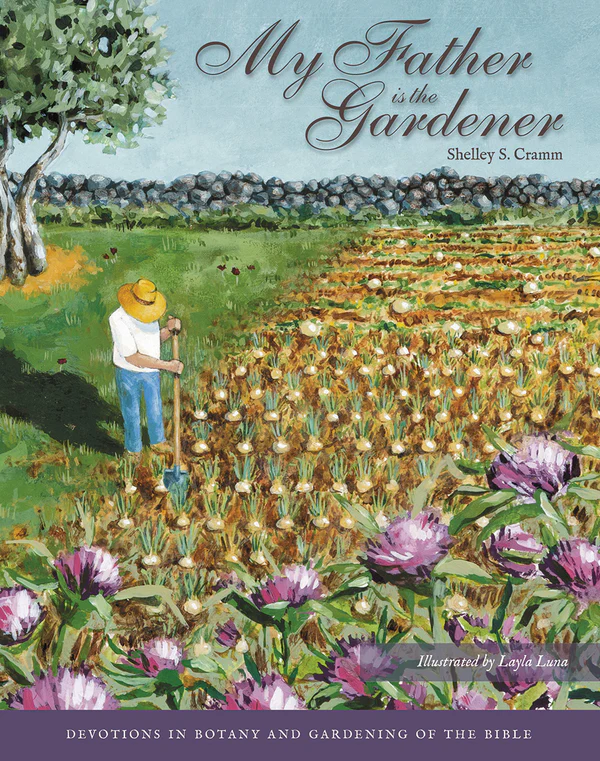
Many gardeners find the work of tilling the ground, planting seeds and caring for plants deeply meaningful. Author Shelley S. Cramm and illustrator Layla Luna have explored gardening as a spiritual practice and linked this experience to the plants and gardens of the Bible in their new book My Father Is the Gardener: Devotions in Botany and Gardening of the Bible, now available from BRIT Press.
The Plants that Miss the Mammoths: Curious Cases of Evolutionary Anachronisms

Avocados are one of the most delicious fruits, especially when smashed with some lime and garlic salt. But have you ever really looked at an avocado? Because they are unusual fruits, with a seed too large for any of the animals in its original habitat to swallow. Learn more about avocados, ginkgos and other plants that have outlived their companion animals in this discussion of evolutionary anachronisms.
Ethnobotany and the Study of Plants, Cultures and Communities
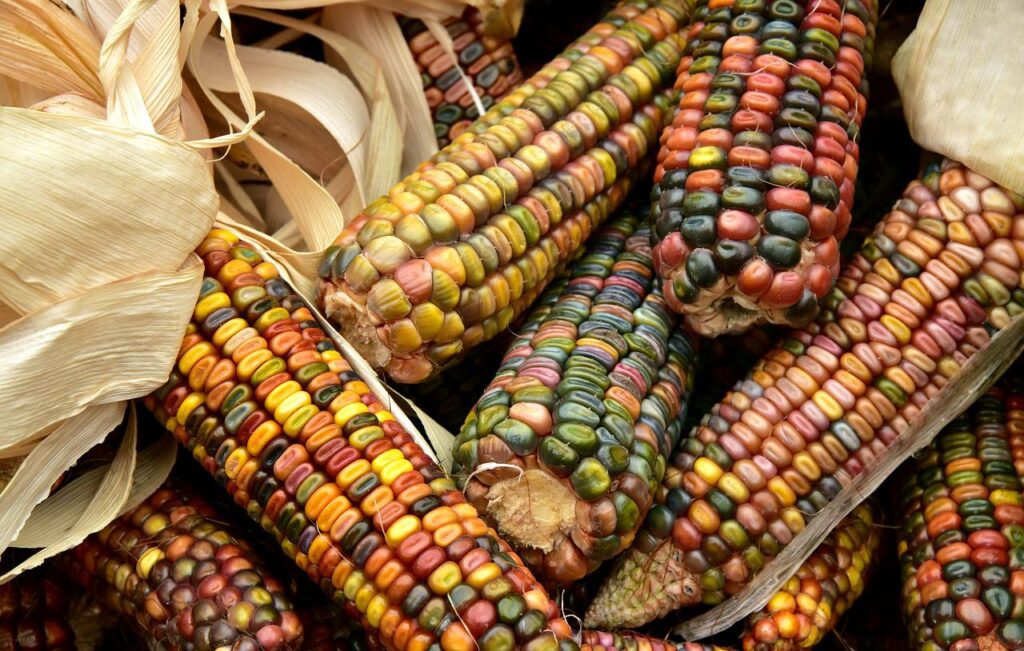
Imagine you lived exactly where you live today–but five hundred years ago. If you’re hungry, you can’t go to the grocery store. If you’re tired, you no longer have a foam mattress. If you have a headache, you can’t pop an Advil. Yet the people of the past ate, slept and treated their ailments just as we do. How? They used plants.
NSF and NERC Award $1.2 Million to Botanists to Tame the “Evil Tribe” of Ironweeds

Researchers from Texas and the United Kingdom will untangle the classification conundrums of the “ironweed” tribe (Vernonieae) in the sunflower family to advance biodiversity research and conservation
Citizen Science Leads to Discovery of New Wasp Species on Garden Grounds

Many Fort Worth and area residents have explored the Garden for years. They may think they know every corner, every path and every tree. In fact, our own Garden holds many surprises. For example, a new species of gall wasp was recently identified on Garden grounds. The story of the wasp’s discovery has much to tell us about the importance of citizen science, the diversity of life around us and the many mysteries waiting to be uncovered in our own backyards.
BRIT Press Celebrates 60th Anniversary of Publishing Botanical Discoveries and References
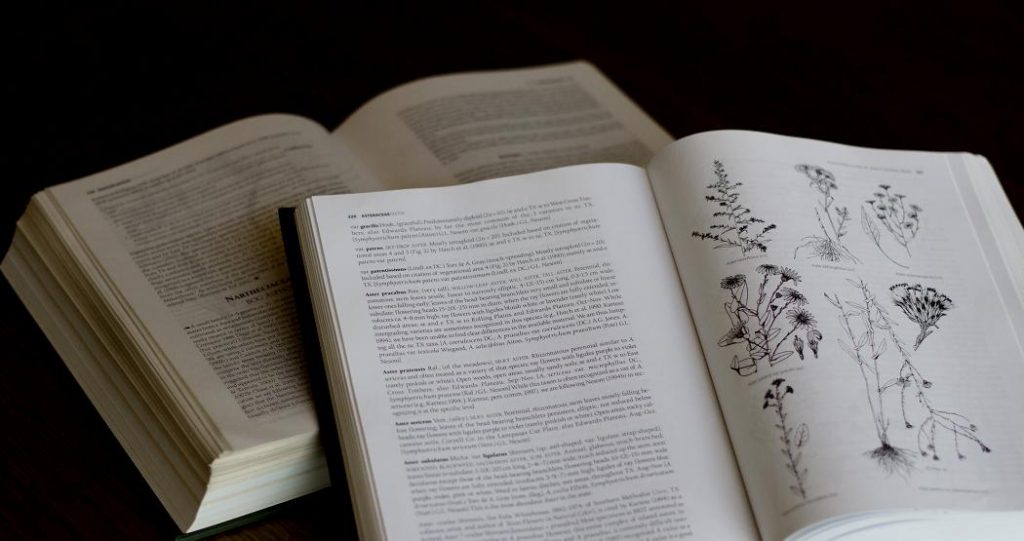
Publication is an essential step in the scientific process. Discoveries are considered unofficial until they have been reviewed by fellow scientists and published in journals. Through publication, scientists learn about new findings and debate new ideas. This year, BRIT Press celebrates the 60th anniversary of fulfilling this critical role in botany.
Forbes Magazine Highlights FWBG | BRIT Research Scientist’s Race to Protect Threatened Fern Species
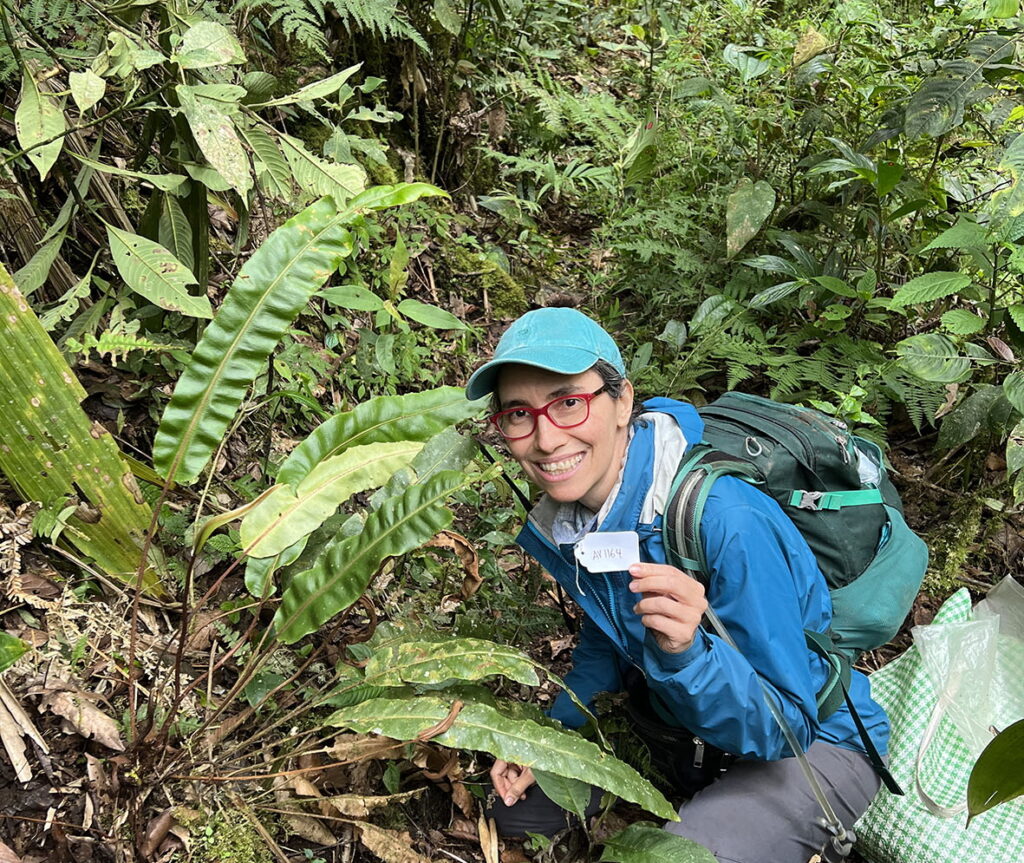
Forbes magazine recently featured the work of FWBG | BRIT Research Botanist Alejandra Vasco documenting the fern species of her native Colombia, highlighting the work of our scientists to understand and conserve threatened plants.
What Is This Thing? Discovering Stemless Evening Primrose.

It’s one thing to identify a flower when it’s in bloom. Petals, stamens and other features provide all sorts of information to botanists to narrow down the plant’s name and history. Starting with a seed pod is a different matter – especially when the pod is hard, dried, and an indistinct brown. When friends Carol and Cynthia both found particularly tough, dried pods that superficially resemble pine cones, they were baffled. But it takes more than a dried-up pod to baffle the botanists at the BRIT Herbarium. They were able to let Cynthia and Carol know that they had found the dried fruits of Oenothera triloba, or stemless evening primrose.
Protect Native Plants to Protect the Planet
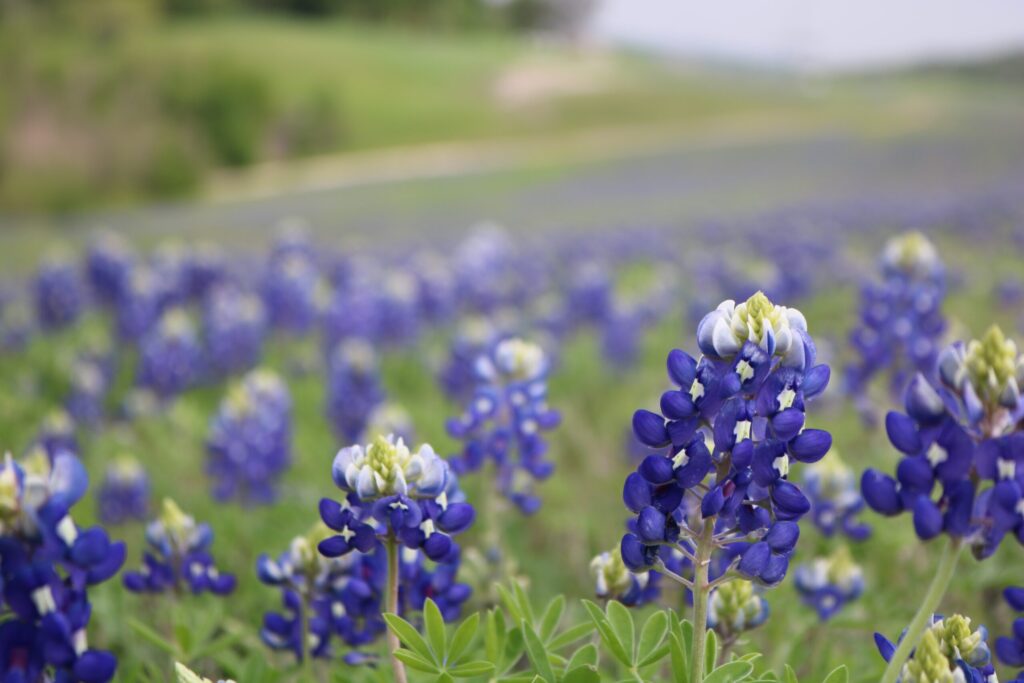
April is National Native Plant month and a great opportunity to talk about the importance of native plants to the health of our planet. Native plants help preserve local wildlife, reduce water use and protect and restore soil, but these plants are threatened by invasive species, habitat loss and water quality issues. What is FWBG | BRIT doing to protect these plants? And how can you help?
Which Came First, the Butterfly or the Flower? The Answer: Both!

If you’ve ever taken a high school biology course, you may have learned that pollinators such as butterflies and bees evolved alongside flowers for their mutual benefit. The result of generations upon generations of plants and pollinators evolving side by side are what botanists have called “pollination syndromes.” These are fascinating systems that have much to teach us about the natural world—but recent research reveals they may not be as simple as botanists once thought.
